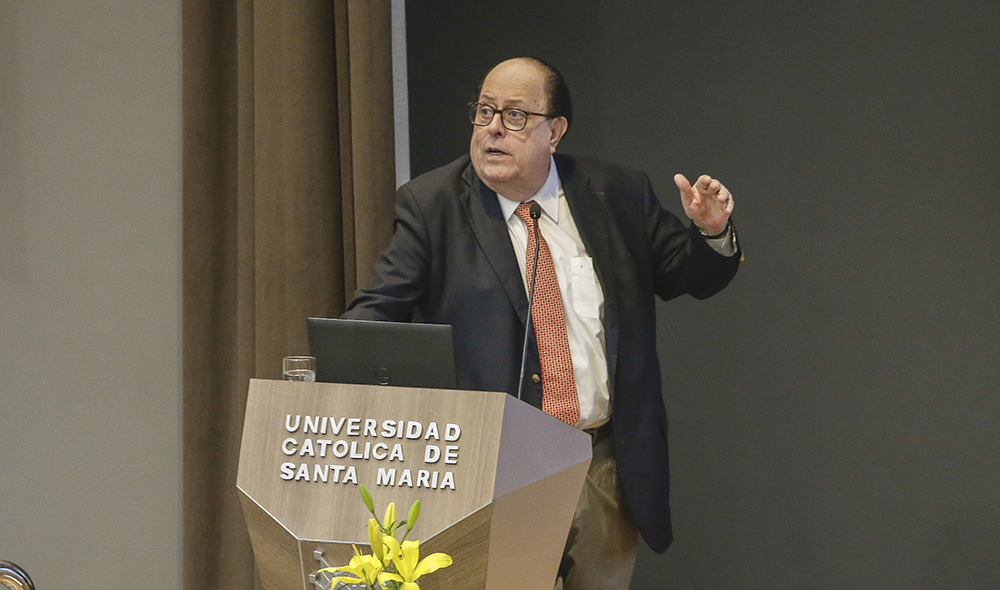
He El Niño phenomenon has put the country’s economy in uncertainty. Inflation could emerge, rising prices of some products, especially agricultural products. This phenomenon is characterized by torrential rains on the coast and drought in the mountains; Both scenarios will impact agriculture and will take an inevitable toll on production. Likewise, fishing.
He president of the Central Reserve Bank of Peru (BCRP), Julio Velarde Flores, referred to this year’s economic growth. He indicated that this year’s poor performance is due to the climate factor and social protests.
Due to the increase in temperatures, not directly associated with the climate phenomenon, a series of crops were lost, for example lemon production was reduced. That happened at the beginning of the year. “We have to pray for it to be moderate (El Niño), but the chances of a strong one are quite high,” Velarde said during his presentation “Challenges of monetary policy in a context of high inflation” at the Santa María Catholic University (UCSM).
Velarde added that it is very difficult to predict the damage to the country. The same experts maintain that at most they can predict ten days of heavy rain. If El Niño is not strong and does not affect prices, by April 2024, there could be controlled inflation of 2.7%. Velarde announced that the BCRP Its goal is to complete 2023, with 3.3% inflation, below the forecast of 3.8%. “Inflation is controlled, the recession part is what we have to see”he pointed.
The recession
Peru was growing more than any other country in Latin America. Of exceptional growth, it is currently quite poor. BCRP It will release its figure at the end of the year, but according to the evaluator Consensus Forecast, the country would end 2023 with 0.3% growth. A huge decrease compared to 2022, which was 2.7%. “Economic stability, bond income, exchange rate, perhaps has not affected us so much. Political volatility did affect our growth in the long run,” he said.
The economist indicated that the only instrument that the BCRP can use to combat the recession is the interest rate. Reduce it so that people have more money, access cheap credit, but he clarified that it is a short-term measure. “The low growth we have responds to many structural factors. Short-term policies are useless. Structural policies are what have to be applied,” he claimed.
The investments that have fallen the most in the country are mining, mentioned. The construction stage of the Quellaveco mine (Moquegua)he concluded.
He argued that the only strong investment in the construction of a mine is Zafranal but that it would only begin in 2025. He maintained that due to the change in the energy matrix, there would be more appetite for copper and the country has reserves to explore, but that new projects would not be seen in the short term. “We hope it happens in 2023,” he said. Residential investment (construction, home purchases, land) has also fallen, but he said it is within the pre-pandemic trend.
Source: Larepublica
Alia is a professional author and journalist, working at 247 news agency. She writes on various topics from economy news to general interest pieces, providing readers with relevant and informative content. With years of experience, she brings a unique perspective and in-depth analysis to her work.












